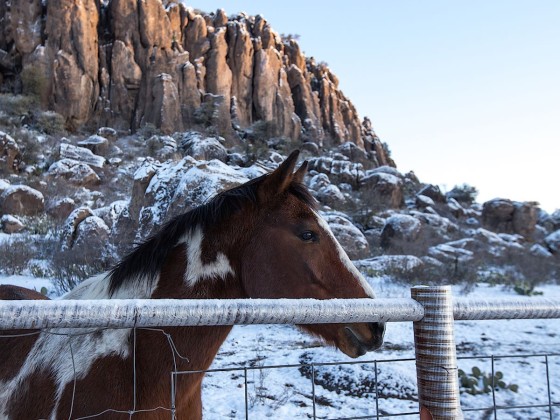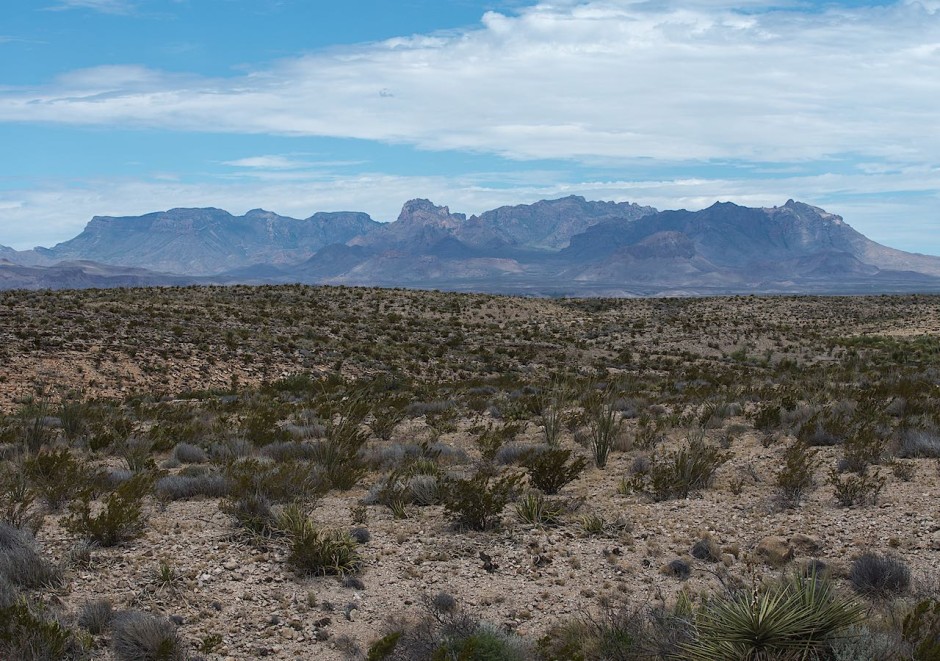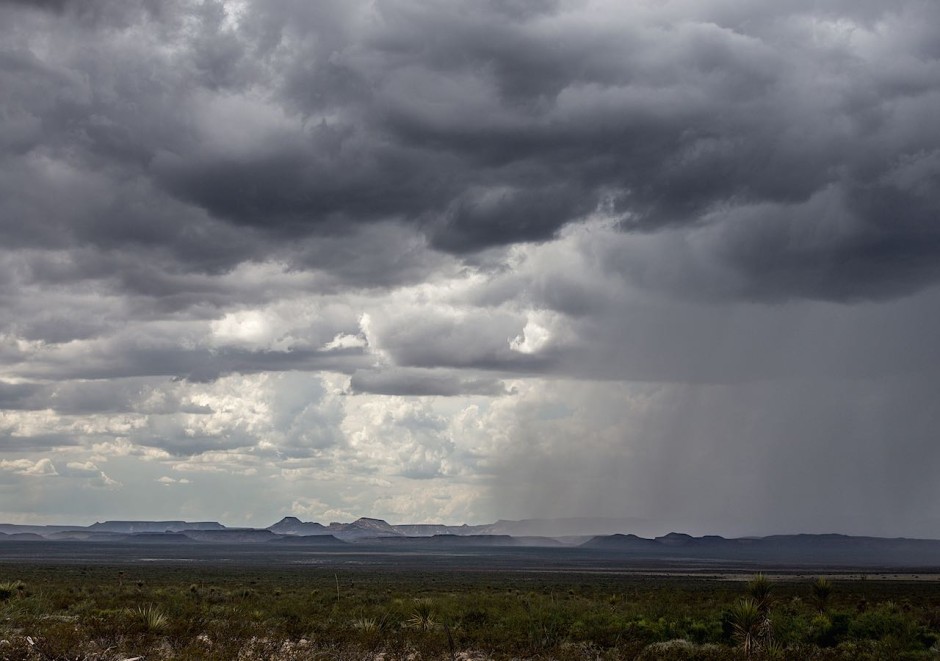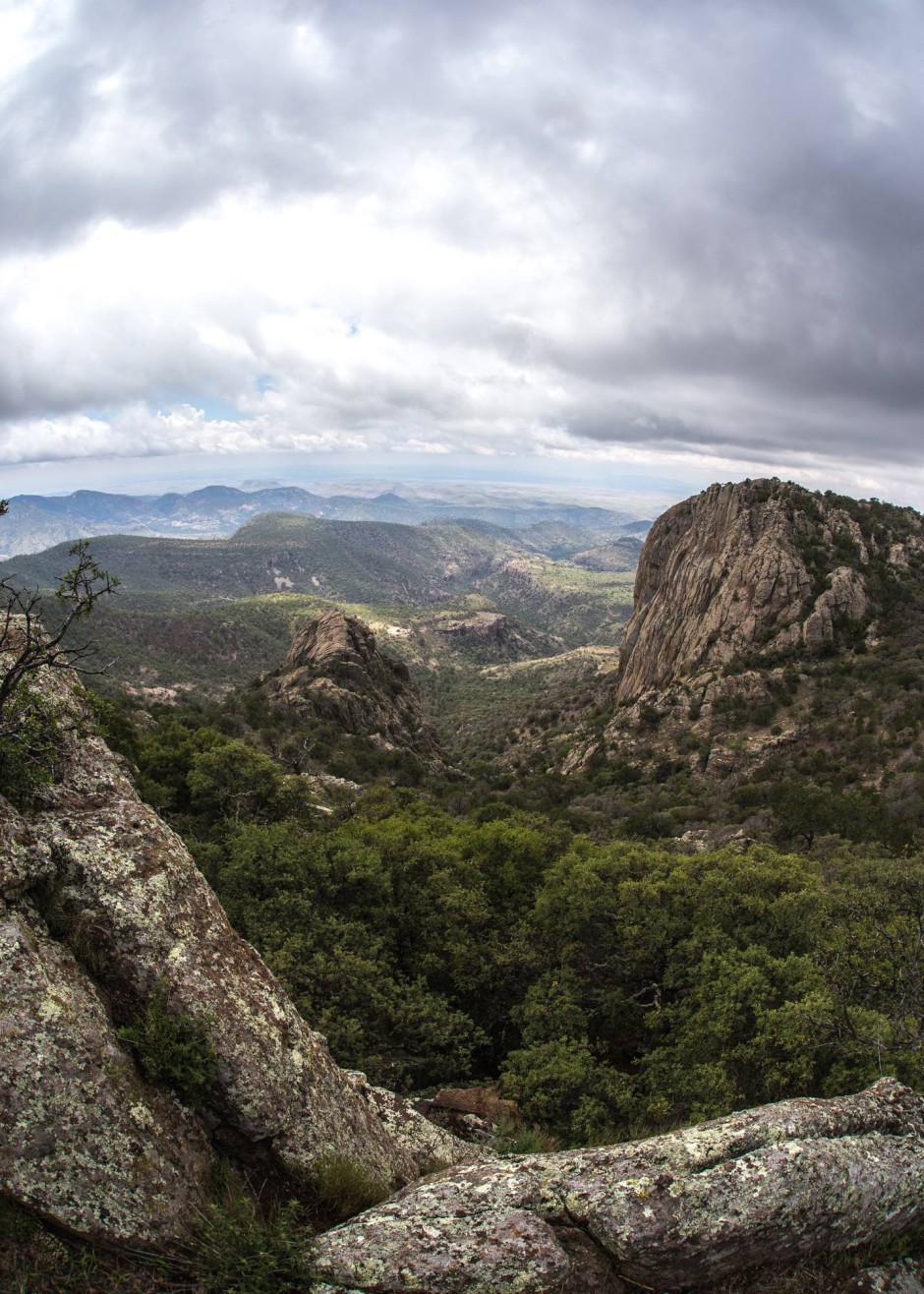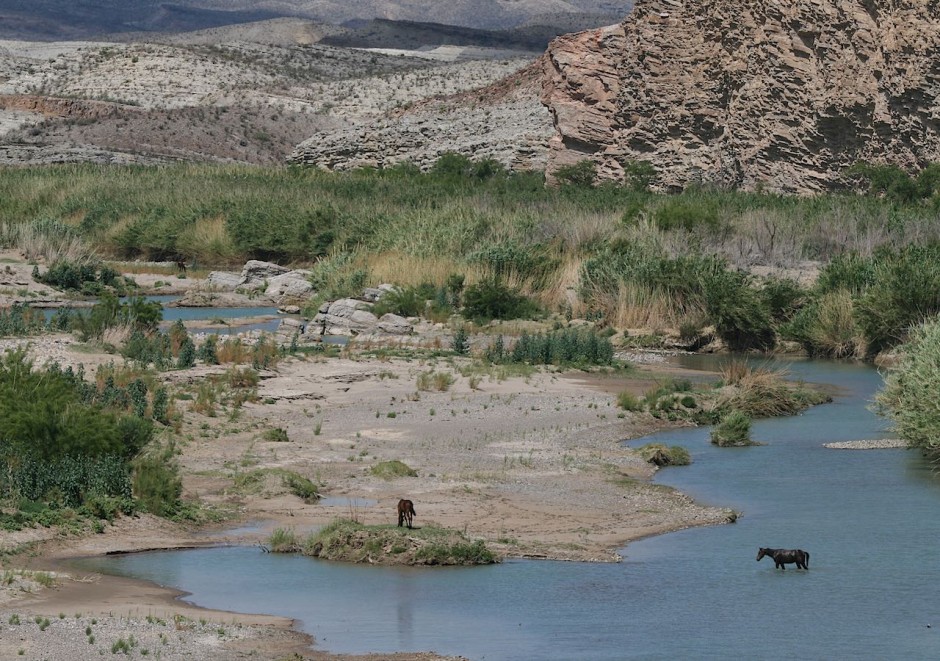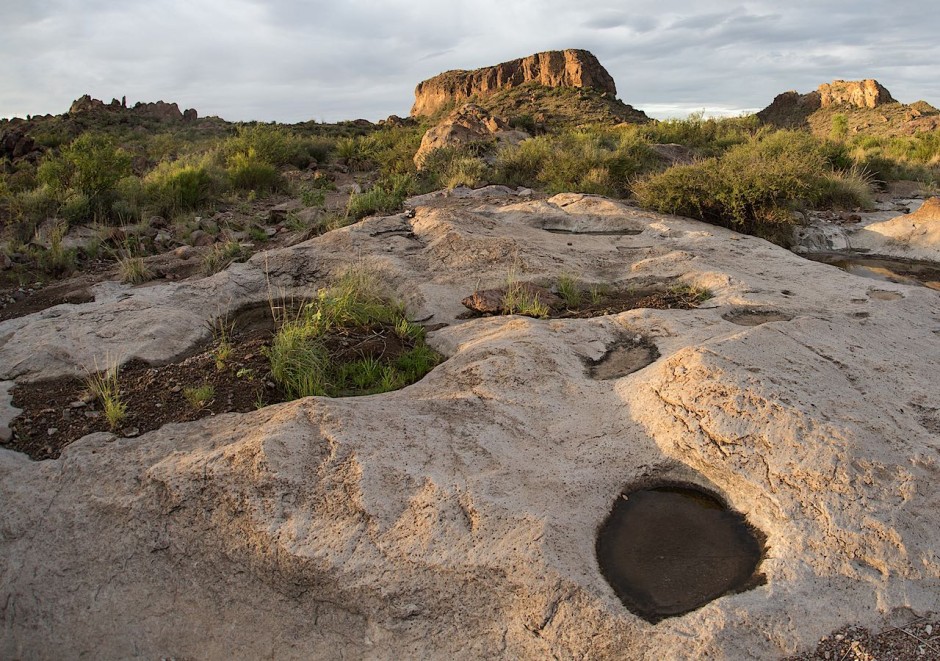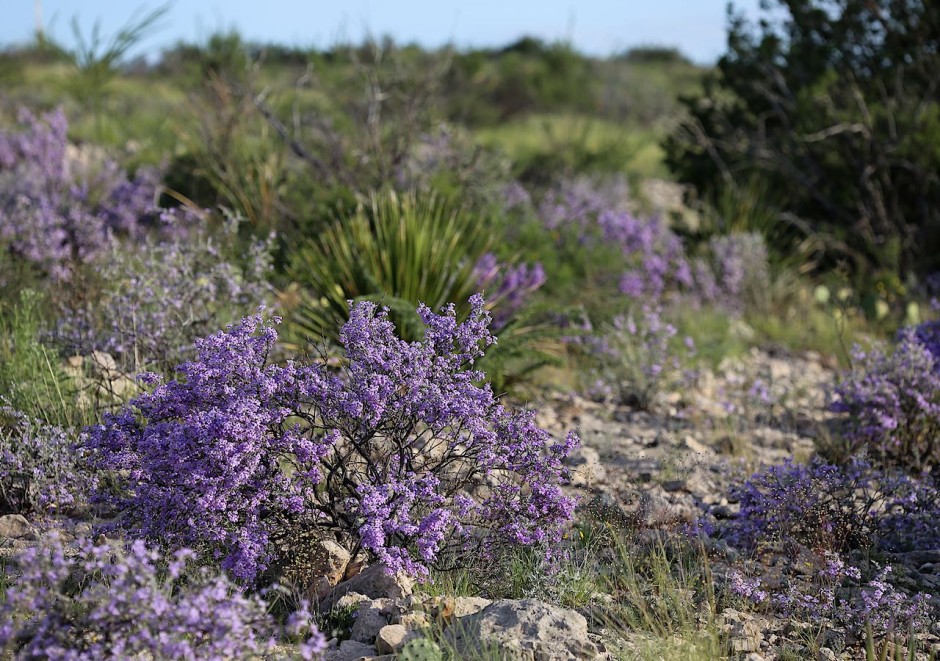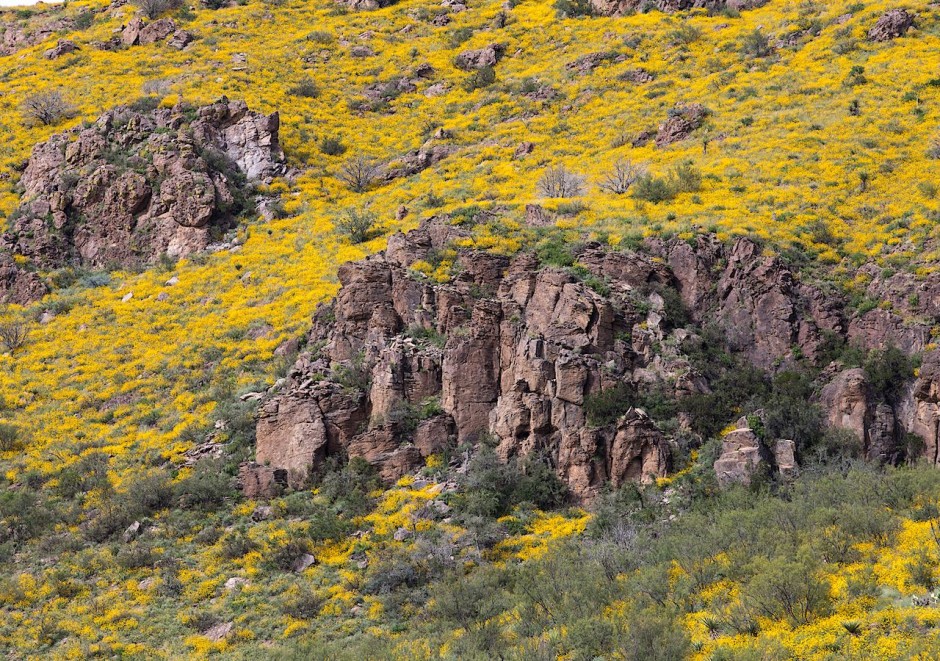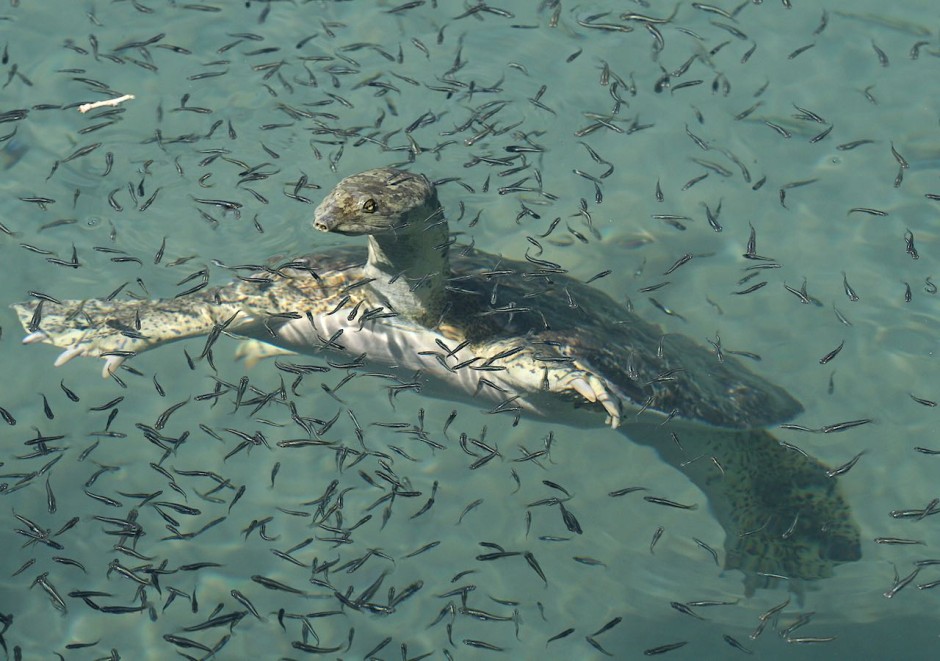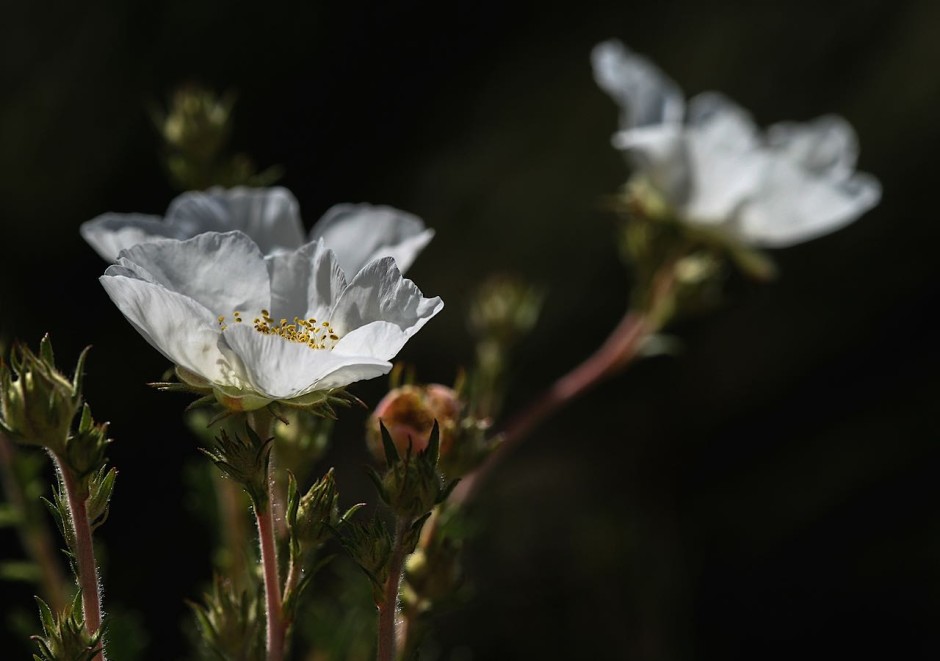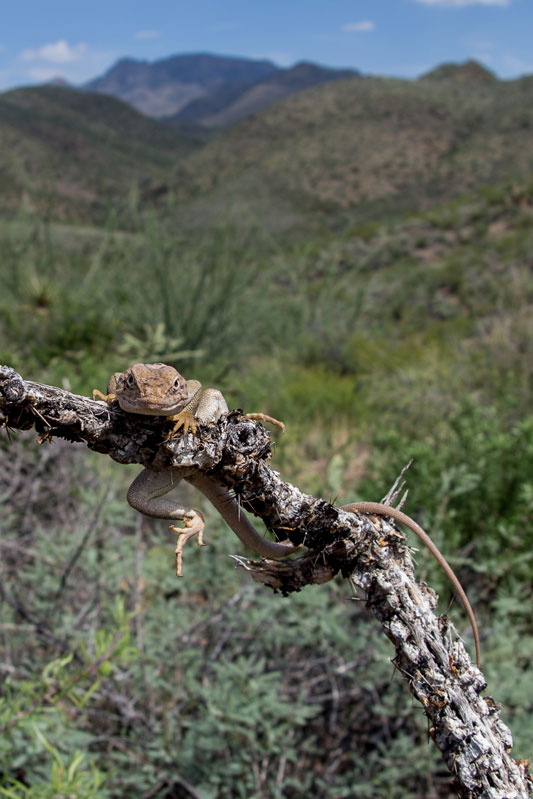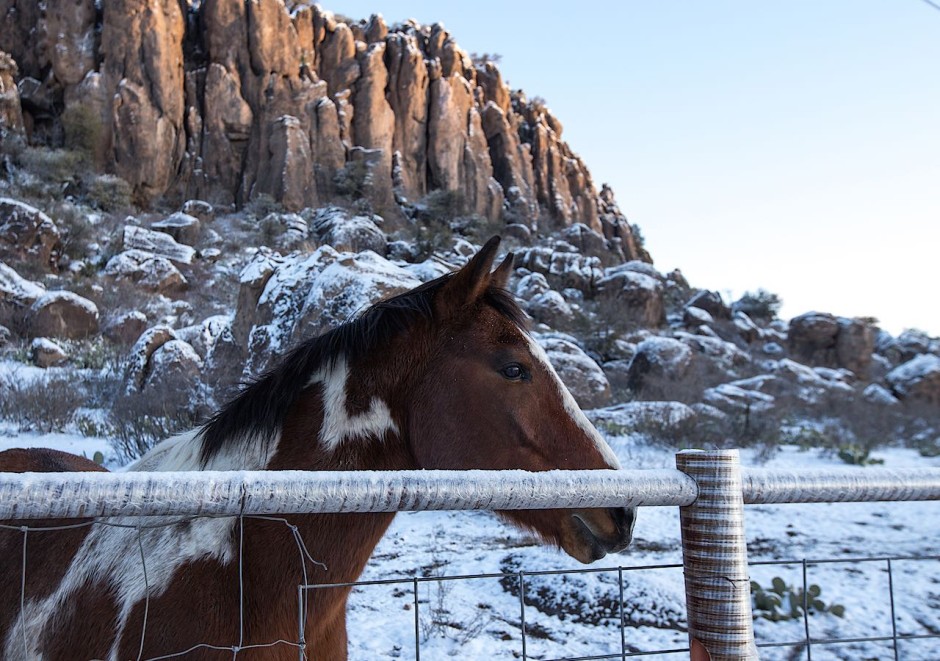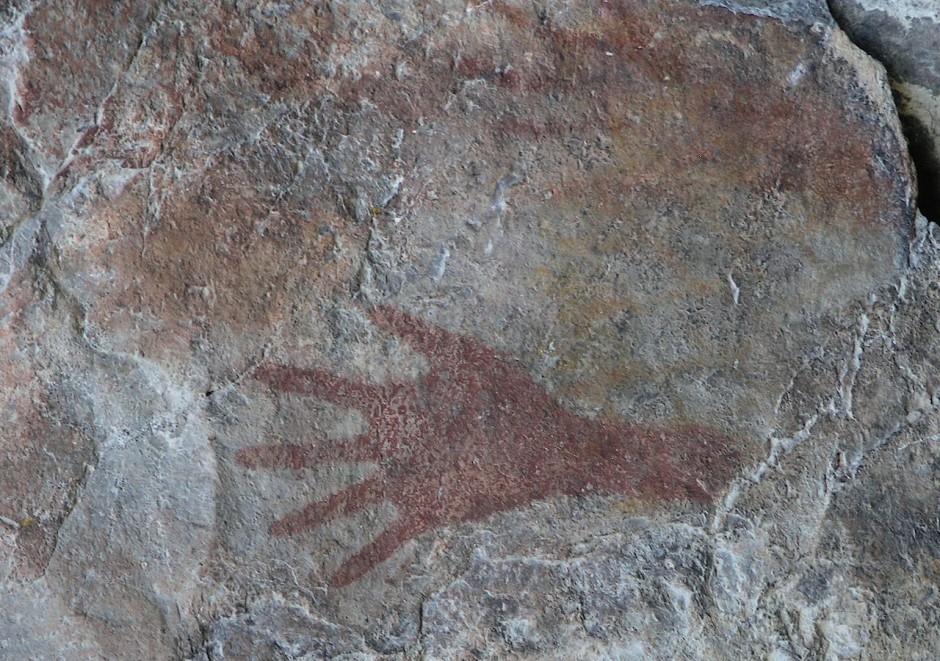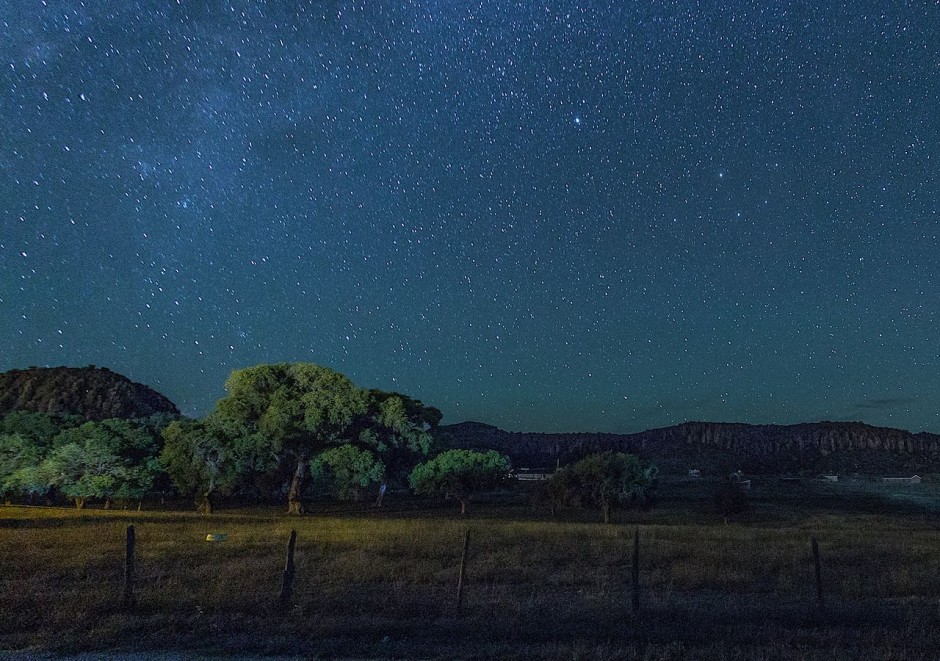The Chihuahuan Desert is a massive arid region that straddles much of northern Mexico and a number of American states, including a large part of southwest Texas. It’s among the most diverse desert environments on the planet. MatadorU student, photographer, and executive director of Chihuahuan Desert Research Institute, Cathryn Hoyt has been living there and documenting the region for a number of years.
Check out these beautiful images of a very unique part of our world.
